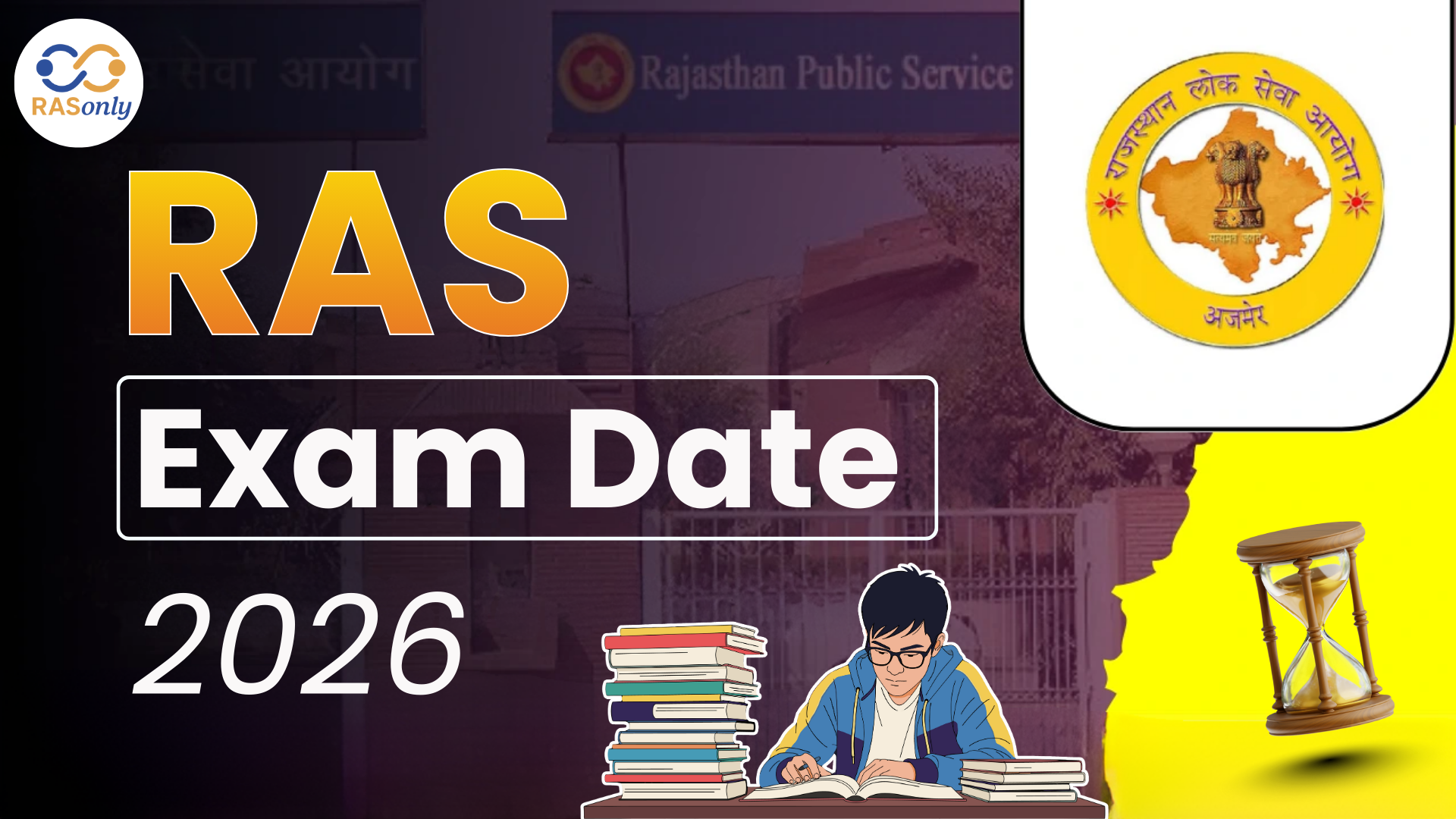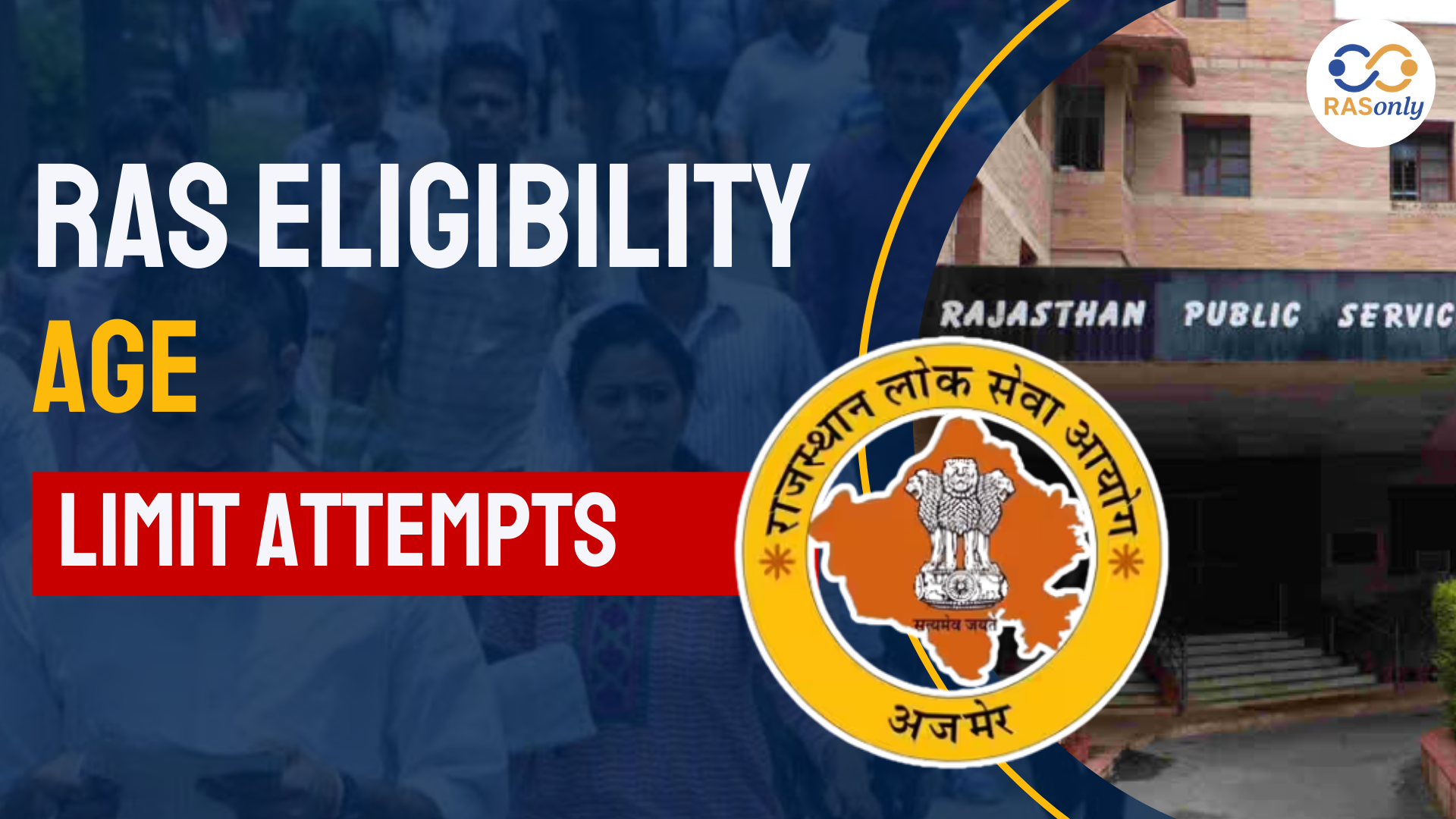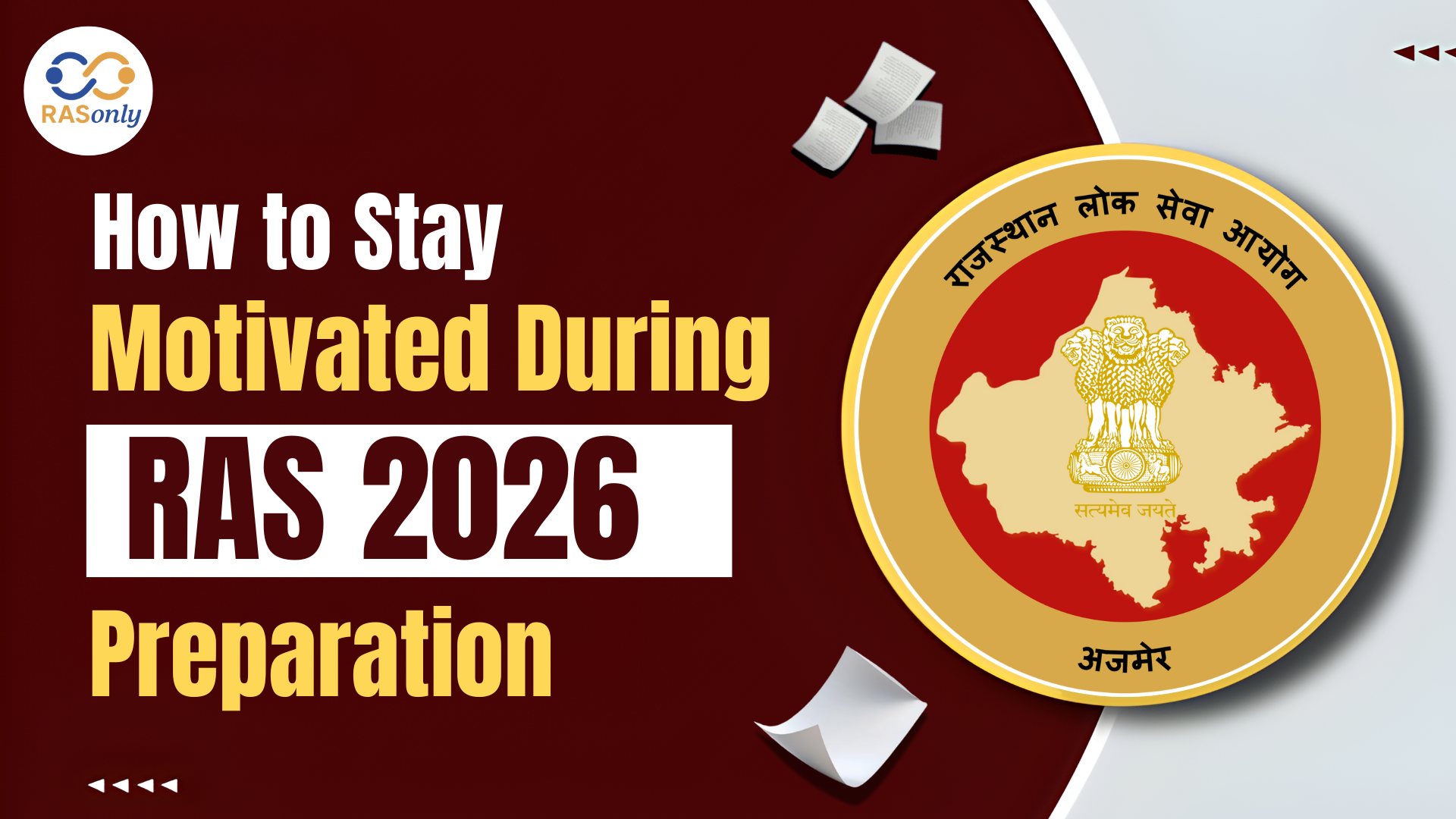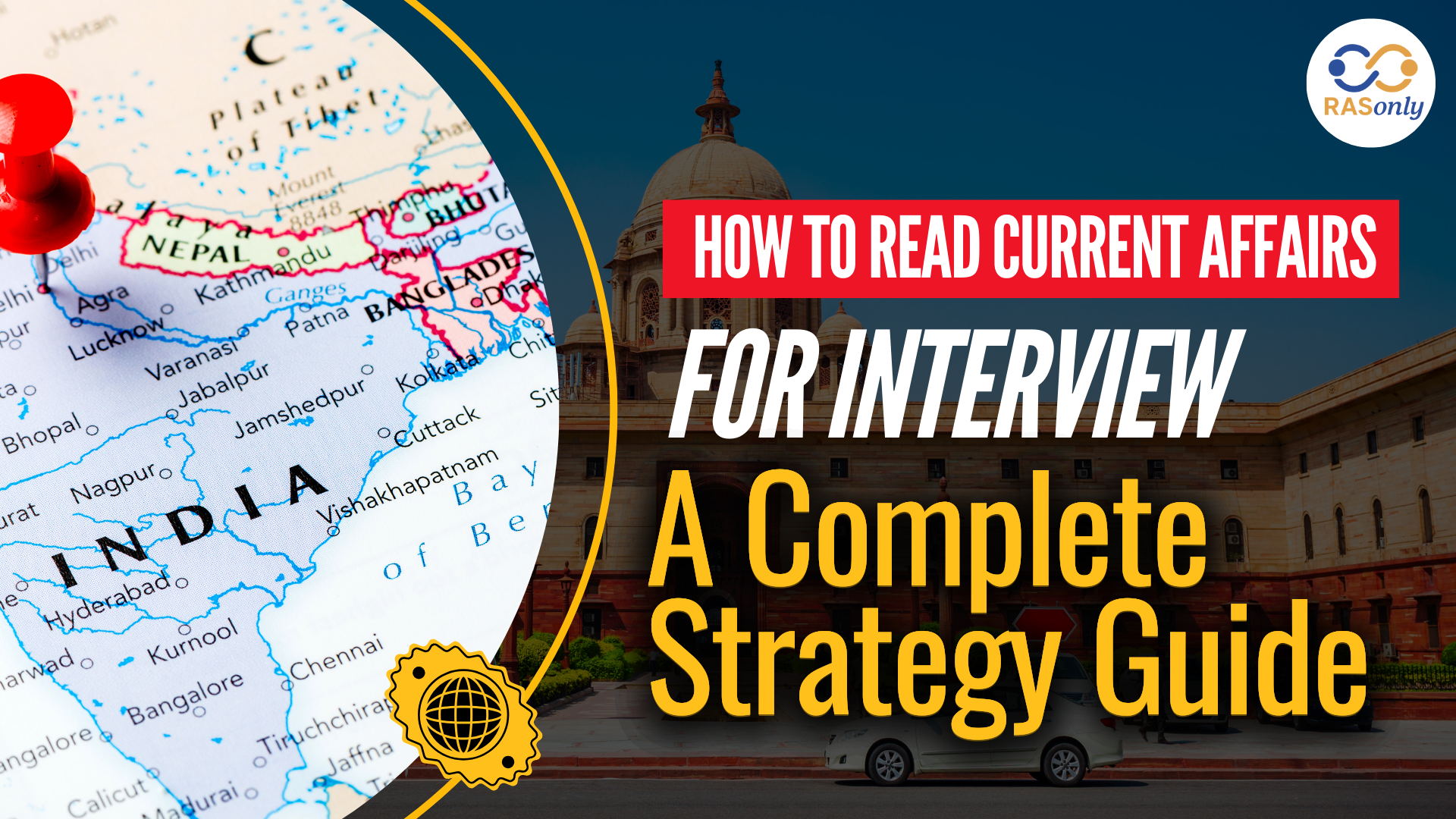RAS Exam Date 2026 for Notification, Prelims, Mains Date
- >
- RAS Preparation Resources
- >
- Revolutionary Movements in India During Independence
Revolutionary Movements in India During Independence

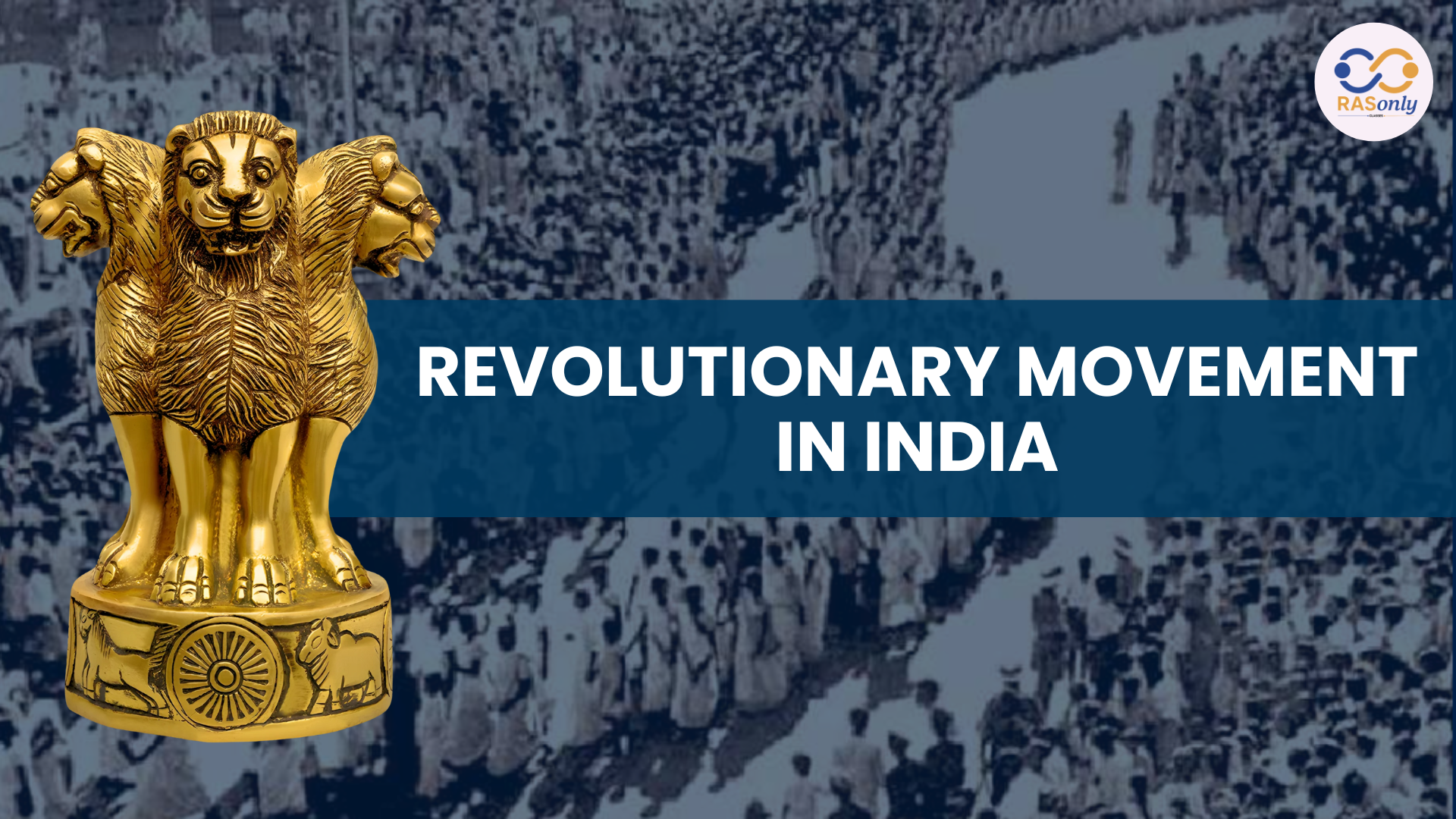
The movement of the revolution in India was an extreme reaction against British colonization. It started at the beginning of the 20th century and went through a two-stage development of pre-1914 nationalist-spurred activities and post-1920 movements rooted in the socialist thought. Organizations such as HRA, HSRA and Anushilan Samiti took refuge in bold activities such as assassinations, bombs, and propaganda. The movement gave birth to some of the legendaries such as Bhagat Singh, Chandrasekhar Azad, and Surya Sen. Later forced underground, it was critical towards kick-starting a patriotic movement and rallying people in mass protests.
Key Highlights for RAS Mains
Definition & Phases
- Born in the first half of the 20 th century as revolutionary protest against the British rule it split into:
- First period (before 1914) - militant Swadeshi-flavored activism.
- Late phase (1920 and onward) - socialist/Marxist-inspired revolutionary revival.
Causes
- Early Phase:
- British repression, division of Bengal and famines.
- Foreign motivation (Japan-Russia war, Italy-Ethiopia).
- Moderates and extremist failure in INC.
- Later Phase:
- Change in ideology after the Russian revolution.
- Disappointment in Non-Cooperation withdrawal of Gandhi.
- Increasing student/youth protest and worker strife.
Methods
|
Phase |
Tactics |
|
Early |
Individual assassinations, dacoities for funds, bombings, conspiracies |
|
Later |
Planned raids (e.g., Kakori), propaganda via trial, formation of organized groups |
Major Movements & Events
- Abhinav Bharat (1904): set up by Savarkar brothers; was inspired by Mazzini
- Mumbai - London: the murdering of Curzon-Wyllie by Dhingra (1909)
- Nasik Conspiracy (1909): magistrate Jackson was murdered; savarkar involved
- Delhi 1912(Lahore Conspiracy): Unsuccessful attempt on Viceroy Hardinge
- Hindustan Republican Association (1924): Bismil et al founded it; transformed into HSRA with Bhagat Singh
- Kakori (1925): Train robbery at Lucknow in HRA
- Lahore Conspiracy (1927): Killing of Saunders by the group of Bhagat Singh
- Assembly Bomb Case (1929): Bhagat Singh, and Batukeshwar Dutt propagandas
- Bengal movements: Anushilan Samiti(1902) Yugantar, Muzaffarpur(1908), Howrah (1910), Chittagong Raid (1930)
- Foreign work: Indian Home Rule Society (1905), Ghadar Party (1913)
Leaders
- Some notable revolutionaries: Bhagat Singh, Chandrasekhar Azad, Surya Sen, Khudiram Bose, Ram Prasad Bismil, Lala Lajpat Rai, Savarkar, Rashbehari Bose and Madanlal Dhingra
Decline
- Oppression by the British regime.
- The increasing power of Gandhi and explicit denouncement of violence.
- Arrests and widespread martyrdoms (Azad, Sen).
- Quite a number of revolutionaries moved towards becoming mainstream or left-wing parties
Significance
- Mobilized the youth and politicized them.
- Inspired the approaches and perspectives of the subsequent mass movements.
- Brought in the socialist and Marxist ideas in the freedom struggle.
- Created enduring symbols and martyrs, bolstering national spirit
Brief of major events
- 1904: Abhinav Bharat emanated
- 1908: Bomb attempt in Muzaffarpur
- 1924: Foundation of HRA (the HSRA)
- 1925 Kakori train robbery
- 1927: assassination of Souders-Bhagat Singh
Conclusion
The non mass based revolution brought by the revolutionary movement was stamped indelible in the history of India and the struggle to gain independence. It made immortal martyrs and it presented daring techniques of an opposition. Their martyrdom stirred up the feeling of patriotism and assisted it to determine the nationalist politics
Post Category
- RAS Salary
- Result
- RAS Admit Card
- RAS Job
- RAS Cutoff
- Preparation Tips
- RAS Answer Key
- RAS Exam Analysis
- RAS Syllabus
- RAS Previous Year Papers
- RPSC RAS Exam Pattern
- RAS Interview
- RAS Mains Exam Date
- RAS Vacancy
- RAS Test Series
- RAS Best Books
- RAS Preparation Resources
- RAS Coaching Centre
- History
- Polity
- Geography
- Economics
- Science
- Art and Culture
- RPSC RAS Application Form
- RPSC RAS Notification
RASonly Interview Guidance Program

Mr. Ashok Jain
Ex-Chief Secretary Govt of Rajasthan
- IAS officer of the 1981 batch, Rajasthan cadre.
- Passionate about mentoring the next generation of RAS officers with real-world insights.
- Got retired in Dec 2017 from the post of Chief Secretary of the state of Rajasthan.

Mr. Guru Charan Rai
Ex-ASP / SP in Jaisalmer
- Guru Charan Rai, IPS (Retd), retired as Inspector General of Police (Security), Rajasthan, Jaipur in 2017.
- Served as ASP and SP in Jaisalmer, Nagaur, Sri Ganganagar, Sawai Madhopur, Dausa, Sikar, and Karauli.
- He also held key positions as DIGP and IGP in the Law and Order division.

Mr. Rakesh Verma
Ex-IAS Officer, B.Tech, MBA, and M.A. (Economics)
- IAS officer of the 1981 batch and retired in Chief Secretary Rank.
- Civil servant of high repute and vast experience.
- Has been teaching UPSC CSE subjects for the last six years.
Related Post
👉🏻 Register Today to Join Classes! 👍🏻
- Team RASOnly -
🎯 Benefits of RASOnly Coaching:
- ✅ 1:1 Mentorship with RAS Officers
- ✅ Experienced and Expert Faculty
- ✅ Free Library Access
- ✅ Daily Minimum 4 Hours Must
- ✅ Comprehensive Study Material
- ✅ Regular Tests & Performance Analysis
- ✅ Personalized Guidance & Doubt Solving
- ✅ Online & Offline Class Options
- ✅ Affordable Fees with Quality Education
Key Highlights:
- 👉🏻 3-Day Refund Policy
- 👉🏻 New Batch Starting from 04 August
- 👉🏻 Registration Amount: Only ₹1000

